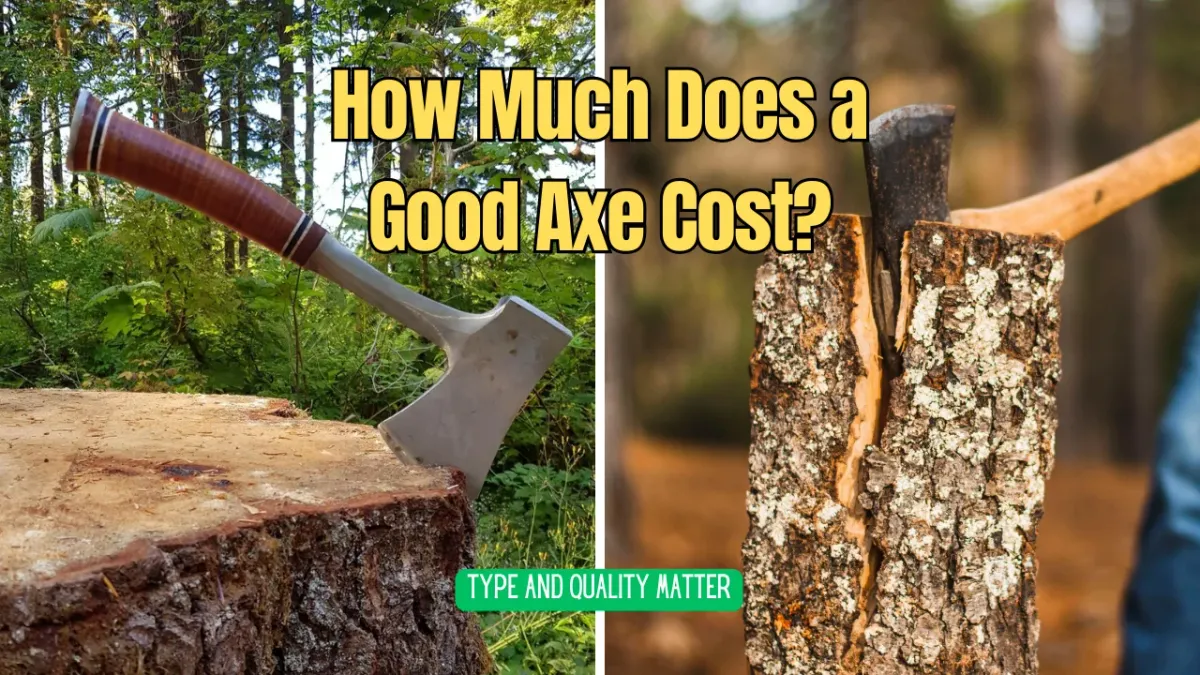When you're deep in the wilderness, a camp hatchet is almost as essential as your tent and sleeping bag. But not just any hatchet—the blade's sharpness can make or break your camping experience, whether you're splitting firewood, making kindling, or even crafting shelter. Let's delve into the world of camp hatchets and discover just how sharp your trusty tool should be to ensure a safe and enjoyable outdoor adventure.
Key Takeaways:
- Optimal Sharpness: A camp hatchet should be sharp enough to efficiently handle typical camping tasks like splitting wood and making kindling without requiring excessive force.
- Safety First: Maintaining the right sharpness reduces the risk of accidents caused by overexertion or slippage.
- Care and Maintenance: Regular sharpening and proper storage are crucial to keep your hatchet in top condition.
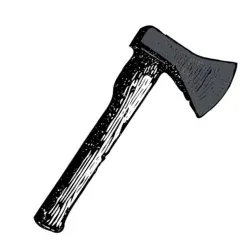
Understanding the Ideal Sharpness for Your Camp Hatchet
When preparing for a camping trip, one of the essential tools you'll need is a camp hatchet. But how sharp should your hatchet be? The answer isn't as straightforward as you might think. Ideally, a camp hatchet should have a sharp edge that can easily cut through wood fibers but isn't necessarily razor sharp like a knife. This balance ensures it is effective without being overly dangerous.
The Role of Sharpness in Hatchet Efficiency
A sharp hatchet reduces the amount of effort needed to split wood. With a properly sharpened edge, the hatchet can slice through wood with minimal force, making your job easier and quicker. Conversely, a dull hatchet not only requires more effort but can also be unsafe as it increases the chance of the axe head glancing off the wood.
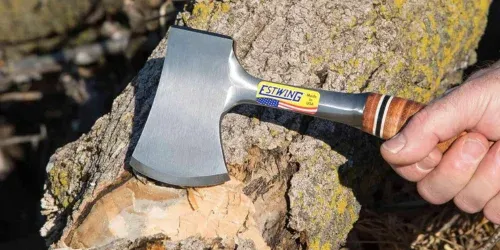
Safety Considerations in Hatchet Sharpness
When sharpening your hatchet, safety should be your top priority. Always wear safety glasses to protect your eyes from metal filings and ensure no loose clothing can get caught in sharpening tools like bench grinders or belt grinders. A well-sharpened hatchet also decreases the likelihood of accidents, as it is less likely to slip during use.
Choosing the Right Tools for Sharpening
For sharpening your camp hatchet, you can use a variety of tools. A common choice is a sharpening stone, which allows for precise control over the sharpening process. For those who prefer more automated methods, a bench grinder can be effective, though it requires careful handling to avoid overheating and damaging the axe head.
Step-by-Step Guide to Sharpening Your Hatchet
Begin with inspecting the axe head for any flat spots or nicks. If significant damage is present, using a file to grind down the imperfections is advisable before moving to finer tools. Start with a coarse stone to reshape the edge, then switch to a finer stone to hone the cutting edge. Make sure to maintain the original angle of the edge for optimal sharpness.
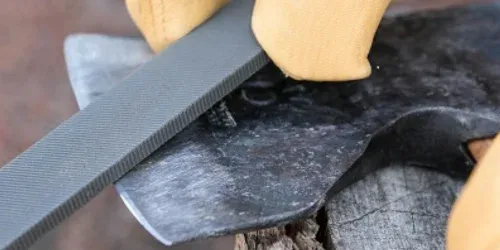
Maintaining Consistency While Sharpening
Consistency is key in sharpening. Make sure to apply the same number of strokes on each side of the axe head to keep the edge even. This symmetry ensures that the hatchet remains balanced, making it safer and more effective in use. Flip the axe periodically to check for uniformity in the sharpening process.
Testing the Sharpness of Your Hatchet
After sharpening, testing the edge is crucial to ensure it meets your needs. A common method is the paper test, where you try to slice through a sheet of paper with the hatchet. For a more practical camp-related test, see if the hatchet can easily bite into a piece of firewood. If it cuts cleanly without much resistance, it’s sharp enough.
When to Sharpen: Recognizing a Dull Hatchet
Knowing when to sharpen your hatchet is as important as knowing how to sharpen it. Signs of a dull hatchet include more effort required to chop or slice, rough cuts on the wood, or the axe head getting stuck in the wood. Regular checks will help you maintain the hatchet’s effectiveness and prolong its life.
The Impact of Hatchet Sharpness on Camping Experience
A sharp hatchet not only makes preparing firewood easier but also enhances the overall camping experience by reducing the time and effort spent on chores. This leaves more time for enjoying the great outdoors. Moreover, a well-maintained hatchet can serve as a reliable tool for various other camping needs, such as clearing brush or even as a makeshift hammer.
Long-Term Care and Storage of Your Hatchet
To ensure your hatchet remains sharp and rust-free, proper storage is essential. Keep it in a dry place and consider using a sheath to protect the blade. Regular oiling of the blade and handle will also help preserve their condition, preventing rust and decay from moisture and environmental exposure.
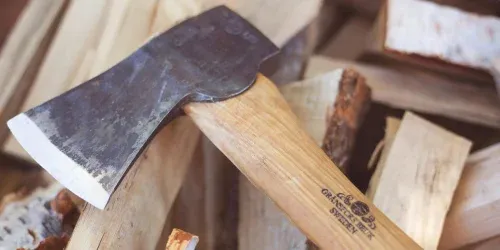
Summary
A camp hatchet should be sharp enough to efficiently handle tasks like splitting wood without being as sharp as a knife. Maintaining this optimal sharpness ensures safety and effectiveness, reducing the physical effort required during use. Regular maintenance, including proper sharpening and storage, will keep your hatchet in excellent condition, ready for your next adventure.
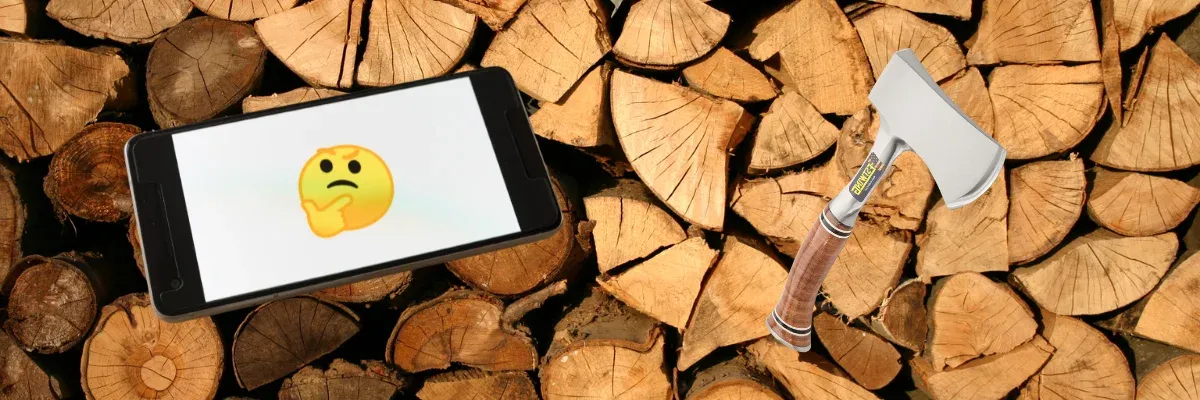
FAQs
How often should I sharpen my camp hatchet?
Sharpen your hatchet whenever you notice it requires more effort to cut through wood, or at least once per camping season to maintain its condition.
Can I use a regular knife sharpener on my camp hatchet?
It’s better to use tools specifically designed for axes, such as a bench stone or file, as they accommodate the broader edge and tougher metal of a hatchet.
What angle should I maintain when sharpening my hatchet?
Maintain an angle of about 20-30 degrees for the cutting edge. This angle provides a good balance between sharpness and edge durability for typical camping tasks.
Related articles:
